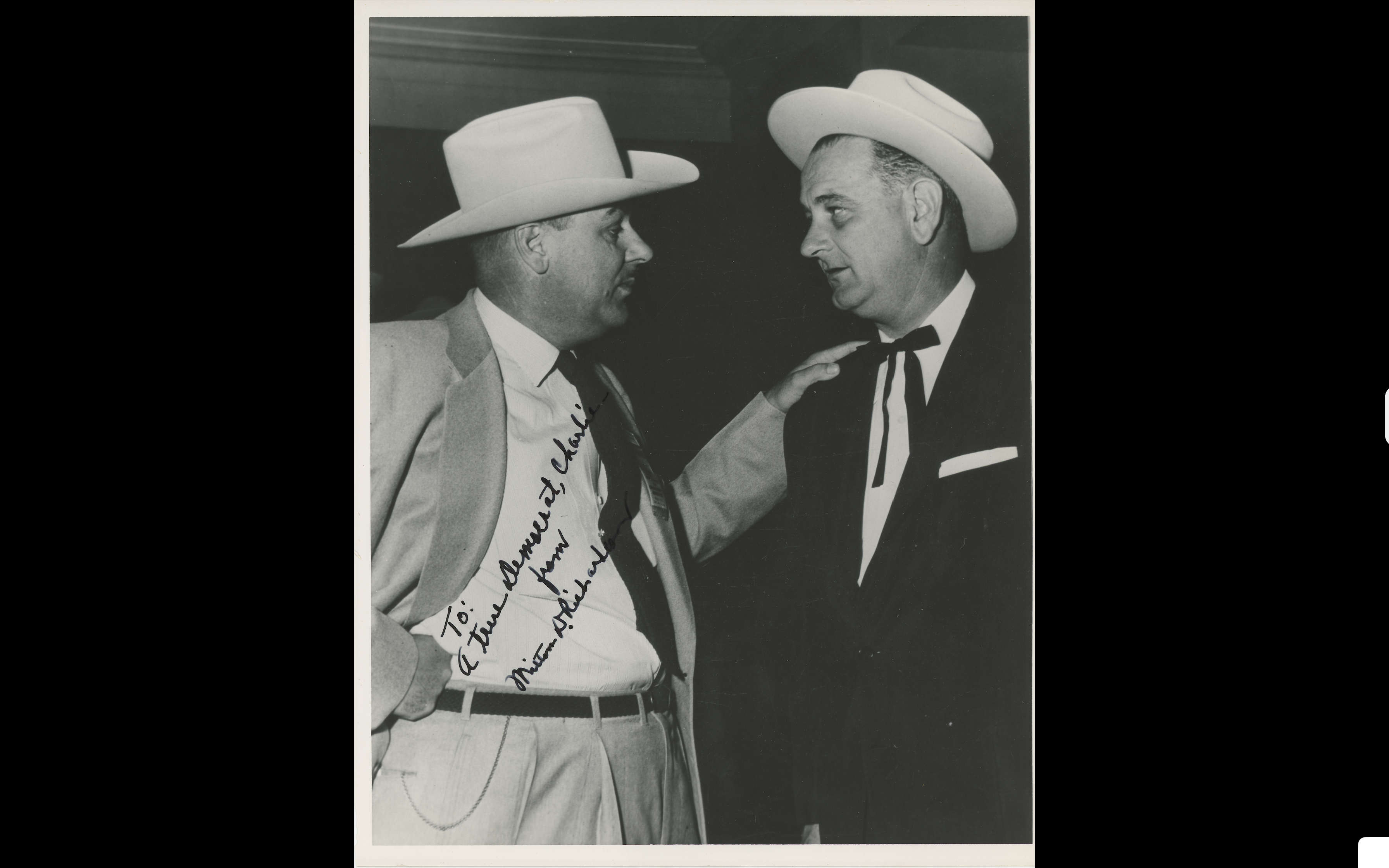
3 minute read
Through the Lens: The Power of the Monitor Morgue
By Sandy Pollock
Behind closed drawers and neatly stacked folders lies one of the Rio Grande Valley’s richest and most quietly powerful collections: the Monitor Morgue.
Housed at the Museum of South Texas History, this extensive photographic archive features hundreds of images captured by The Monitor newspaper from 1950 to 1992. Known in journalism as a “morgue,” this type of archive once served as a visual reference library for photographers, editors, and reporters — a place to revisit people, places, and past events. But this collection holds far more than background material. It’s a treasure trove of human experience.
Donated in 1992 by Monitor publisher Larry Wingert, the collection includes portraits, candid snapshots, political visits, parades, sporting events, classrooms, churches, and the quiet everyday rhythms of Valley life. Each envelope holds more than a photo — it holds a moment in time. Sometimes several.
The Monitor Morgue reveals both macro and micro narratives: sweeping snapshots of a community in motion and intimate glimpses of lives unfolding. Together, they form a powerful visual record of South Texas across four decades.
One standout image in the collection links the local to the national. A photograph of Milton Richardson, a longtime Valley resident, opens a door into a little-known connection—his college roommate was Lyndon B. Johnson. The two attended Southwest Texas State Teachers College and remained friends long after graduation. As LBJ rose from congressman to president, their relationship remained visible in letters, photos, and newspaper clippings. The threads of their friendship stretch from Monte Alto to the White House — all tucked away in a manila folder in the morgue.
This collection isn’t just about what was published. In fact, many of the photographs never made it to print. Some are test shots. Others capture “moments in between” — raw, unfiltered, deeply human. That’s where much of the magic lies. Why was this person photographed? What else was happening that day? Who stood just outside the frame?
The museum’s archives team, including archivist Melissa Peña, continues the careful work of cataloging, researching, and preserving this incredible resource. Every folder pulled from the collection is a chance to rediscover a face, a place, or a story that shaped the Rio Grande Valley — and to invite others into the process of discovery.
“There’s a sense of quiet discovery in the morgue,” says Peña. “It’s like opening a time capsule. You see patterns and relationships emerge, and you realize how much of our local history is deeply tied to broader national moments.”
The Monitor Morgue reminds us that history isn’t always found in big headlines. Sometimes it’s in a blurry photo, a scribbled caption, or a chance encounter between two old friends whose story just happens to live on — thanks to a quiet drawer in a museum archive.
And sometimes, it’s just waiting to be seen.










